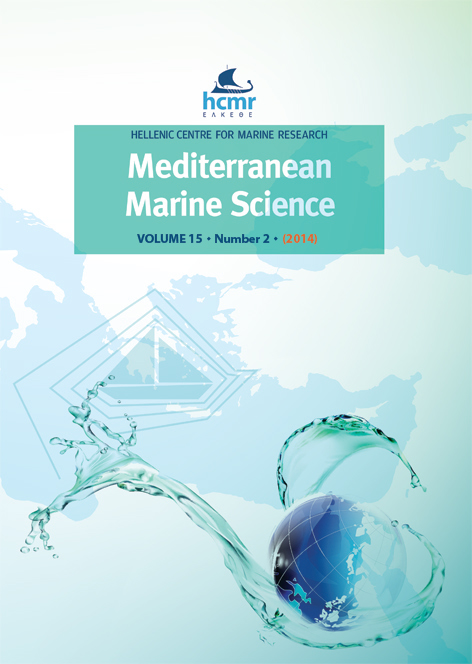Monitoring the habitat use of common Bottlenose Dolphins (Tursiops truncatus) using passive acoustics in a Mediterranean marine protected area
Resumen
The Mediterranean Tursiops truncatus subpopulation has been classified as Vulnerable on the IUCN Red List because of its decline. This species in coastal areas is exposed to a wide variety of threats: directed kills, bycatch, reduced prey availability caused by environmental degradation and overfishing, habitat degradation including disturbances from boat traffic and noise. Despite the increase in boat traffic in the Mediterranean Sea, the effect on T. truncatus’ habitat use has been studied in little detail and few data have been published. This study represents the first attempt to characterise spatial and temporal habitat use by T. truncatus and its relation to boat traffic in the Isole Pelagie Marine Protected Area (Italy) on the basis of an originally developed passive acoustic monitoring system (PAM). The devices were deployed in 2 areas in the southern waters of Lampedusa, during 2 separate years (2006 and 2009), each time for 3 months (from July to September) and in 6 time slots (3 diurnal and 3 nocturnal). Acoustic analysis showed that T. truncatus used the Southern coastal area of Lampedusa independently of the year, primarily during the early summer, a period coinciding with the peak of calving season. Dolphin occurrences appeared independent of boat traffic, with the exception of the smallest temporal scale (time slots): dolphin occurrences were more prevalent during the night when the level of boat traffic was lower. This study provides evidence on T. truncatus habitat use in the Mediterranean Sea and reveals that boat traffic could be one of the factors influencing it, thus stressing the need for further detailed investigation regarding this topic.
Article Details
- Cómo citar
-
LA MANNA, G., MANGHI, M., & SARA, G. (2014). Monitoring the habitat use of common Bottlenose Dolphins (Tursiops truncatus) using passive acoustics in a Mediterranean marine protected area. Mediterranean Marine Science, 15(2), 327–337. https://doi.org/10.12681/mms.561
- Número
- Vol. 15 Núm. 2 (2014)
- Sección
- Research Article
Authors who publish with this journal agree to the following terms:
- Authors retain copyright and grant the journal right of first publication with the work simultaneously licensed under a Creative Commons Attribution Non-Commercial License that allows others to share the work with an acknowledgement of the work's authorship and initial publication in this journal.
- Authors are able to enter into separate, additional contractual arrangements for the non-exclusive distribution of the journal's published version of the work (e.g. post it to an institutional repository or publish it in a book), with an acknowledgement of its initial publication in this journal.
- Authors are permitted and encouraged to post their work online (preferably in institutional repositories or on their website) prior to and during the submission process, as it can lead to productive exchanges, as well as earlier and greater citation of published work (See The Effect of Open Access).





